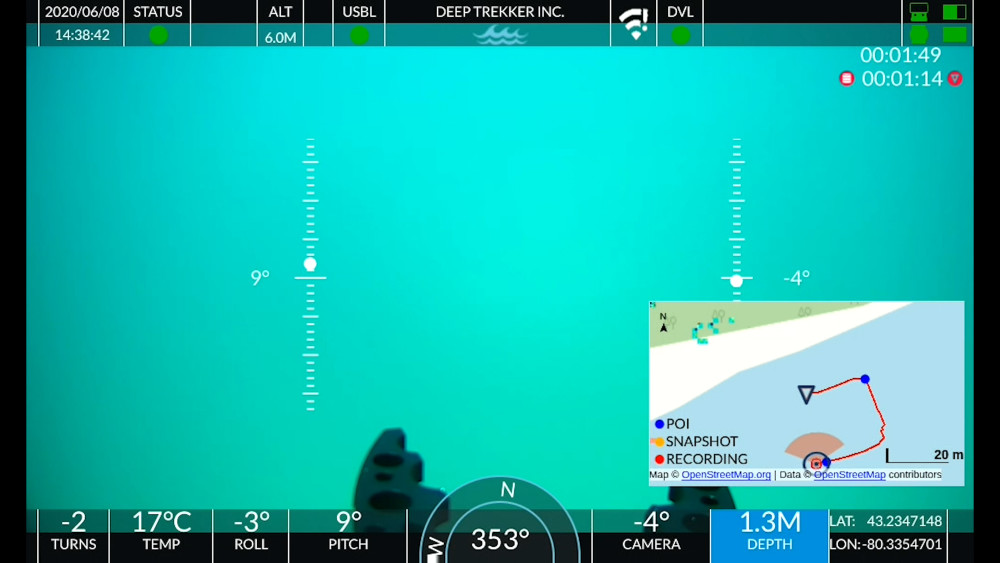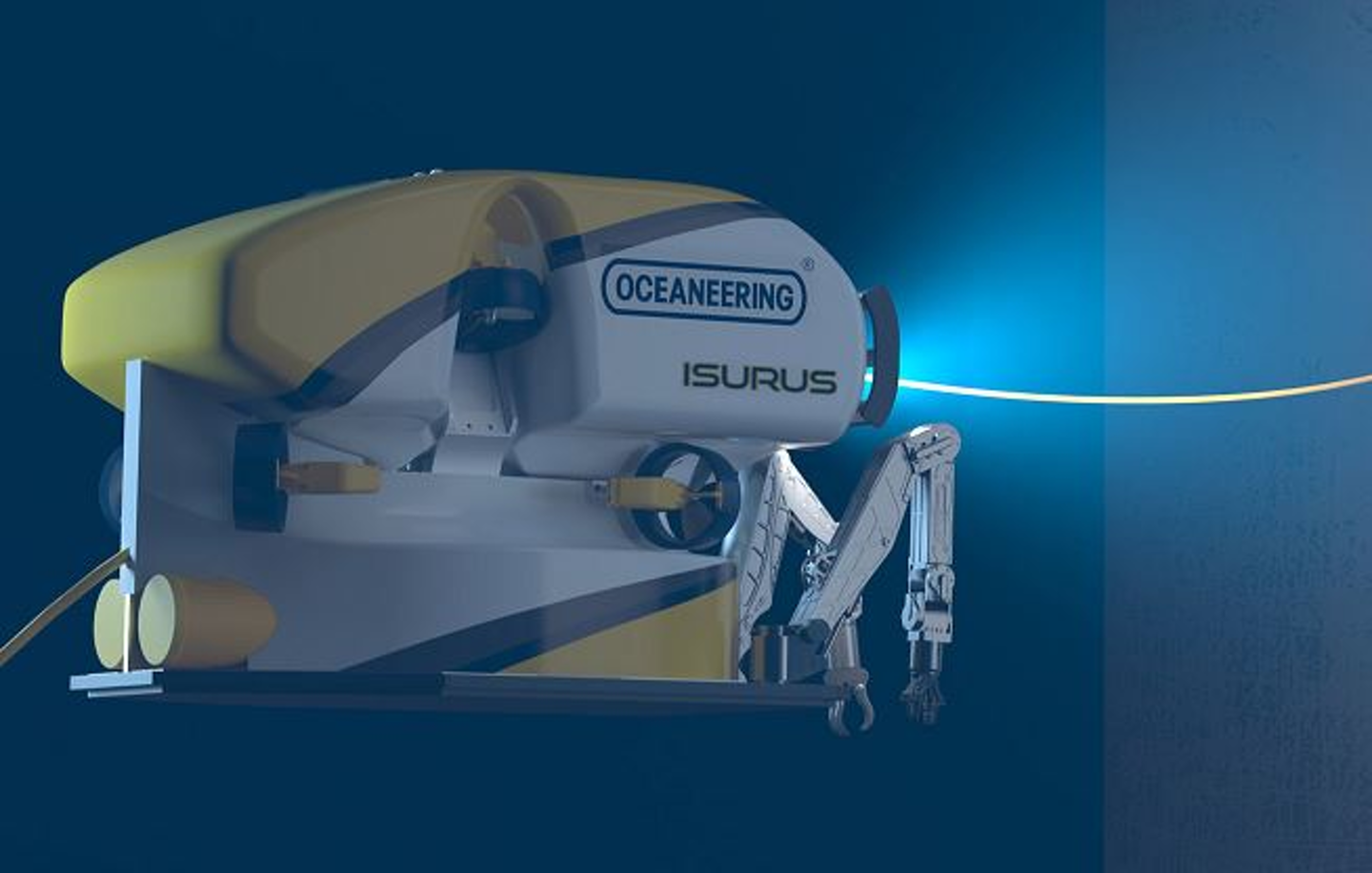Home › Forums › ROV › Self/Home Build ROV Discussions › Has anyone tried liquid-filled cameras?
- This topic has 4 replies, 3 voices, and was last updated 12 years, 6 months ago by
Paul.
-
AuthorPosts
-
November 12, 2011 at 4:38 pm #4678
John Douglas
ParticipantI was trying to think up a safe way to get cameras to a great depth without having to enclose them in a sizable pressure chamber.
It would seem that the big problem is the air gaps inside the cameras themselves, assuming that the water could be kept out by pressure compensated containers filled with oil.
Then I said to myself "Could I flood the whole camera system with oil? It would change the focal length, as oil is more refractive than air, obviously, but by how much? And has anyone designed a lens system already for something like this?"
I did find this out on the internet:
http://spiedigitallibrary.org/proceedings/resource/2/psisdg/3482/1/698_1?isAuthorized=no
So someone is thinking this way as well. Does anyone know if this has been done? Anyone ever try something similar?
I was thinking of getting a very cheap usb camera and dunking it in oil for a while to see what the images look like. 🙂
November 12, 2011 at 5:13 pm #31716Paul
ParticipantThinking "outside the box" for a minute, what if you potted the electronics and exposed just the lens to water? Years back I had a Nikonos dive camera that had a fish eye wide angle lens that had ports so seawater could fill the lens. I remember it worked very nicely, although cleaning it was a bugger (and I never operated the camera in anything but very clean water with good visibility, so that might be the achilles heel of this idea). The lens probably has to be customized to account for the added optical effect of seawater, but otherwise might give you the ability to go great depths with a cheap/small camera.
November 13, 2011 at 4:50 pm #31717John Douglas
ParticipantThinking "outside the box" for a minute, what if you potted the electronics and exposed just the lens to water? Years back I had a Nikonos dive camera that had a fish eye wide angle lens that had ports so seawater could fill the lens. I remember it worked very nicely, although cleaning it was a bugger (and I never operated the camera in anything but very clean water with good visibility, so that might be the achilles heel of this idea). The lens probably has to be customized to account for the added optical effect of seawater, but otherwise might give you the ability to go great depths with a cheap/small camera.
Thank you for your response. It gave me something to look into.
I went looking for that camera lens but couldn’t find it. Saw this site though:
http://www.camerasunderwater.info/equipment/nikonos/index.htmlI looked around for a bit and I think that if I flooded the lens rig I would have to use either a fixed focus pinhole camera (small aperture so not so good underwater) or go with a manual focus rig. Whatever fluid I use would cause the focal length to shorten, making the image shrink or go out of focus.
It looks like the auto-focus functions might not work correctly either, as they depend on calculations based on c. The speed of light in water is different than its speed in air, so I’m not sure how off the camera would be. It may not be making calculations so accurately that it makes any difference, in which case that would help. I think I might have to flood the lens with oil as opposed to water to keep the receptors dry though, which would throw off the way the camera was seeing things vs how the auto-focus was seeing them.
November 13, 2011 at 8:06 pm #31714Timo Kangas
ParticipantYeh, I´m thinking about the same, except that I would keep lens clean off the oil and fill rest of the "pressure cylinder" with oil. I thought to use clear acryl plate (thick enough) in front of lens…
November 13, 2011 at 8:53 pm #31715Paul
ParticipantI had a Nikonos IV and the fisheye lens was made by Sea and Sea. The only time I actually used it was while diving off Guam and the Mariana Islands where visibility was amazingly clear. As I recall, the fisheye lens was actually two lenses,one inner that was water-tight and a second that had ports that were open to seawater.
Not sure I’d try to replicate that system, but it was just a thought to give you some more ideas to ponder. Easiest solution might be to just pot the camera in a clear housing leaving the lens clear / unobstructed to the surface of the housing. Not sure what depth that would work to though.
-
AuthorPosts
- You must be logged in to reply to this topic.



